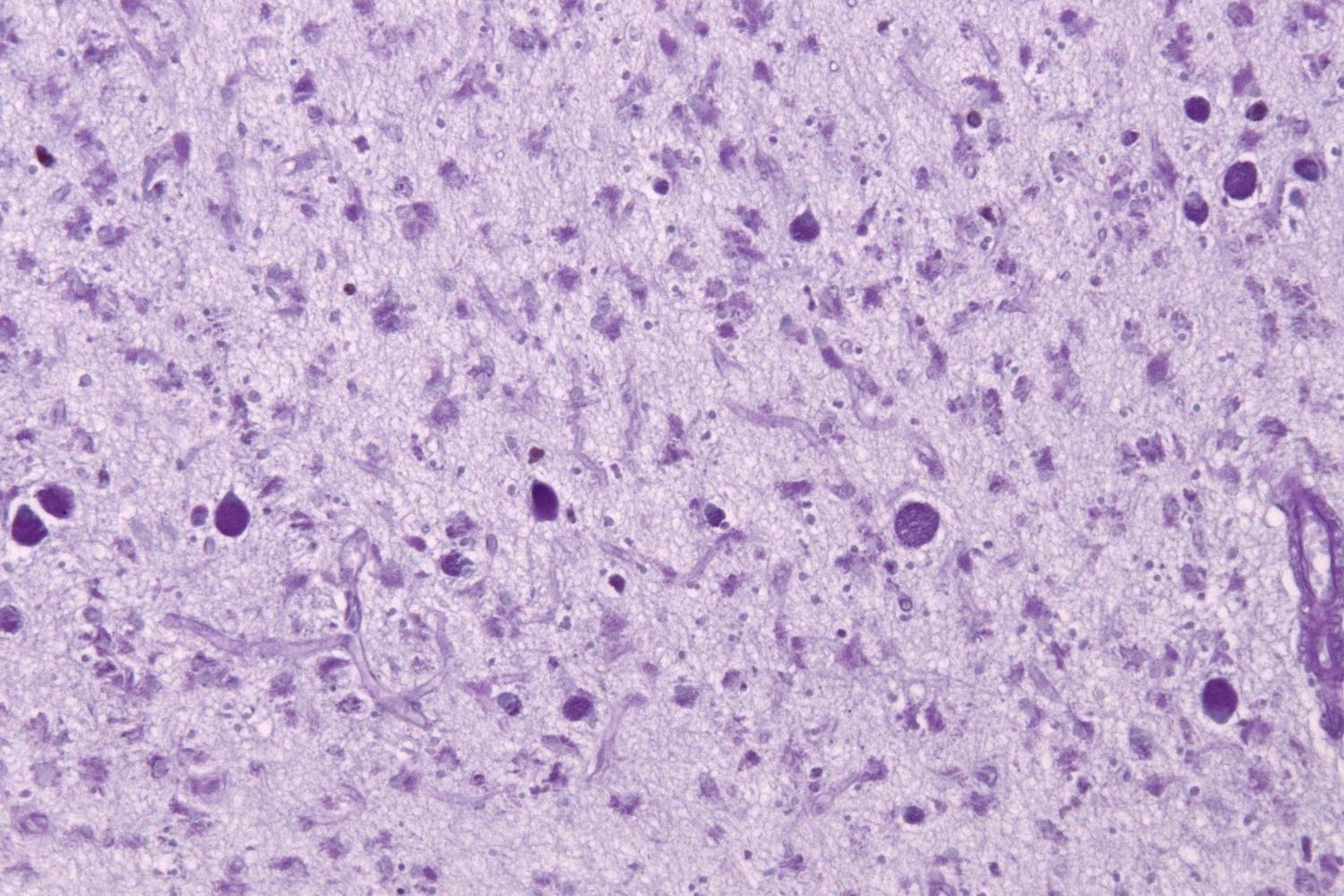
Neuronal Ceroid Lipofuscinosis (NCL), often called Batten disease, is a rare, inherited disorder that affects the nervous system. This condition primarily impacts children, leading to progressive neurological impairment. Symptoms usually start with vision loss, seizures, and cognitive decline. Over time, affected individuals may experience motor skills deterioration, speech issues, and behavioral changes. NCL results from mutations in specific genes responsible for cellular waste management, causing harmful substances to accumulate in cells. Diagnosis involves genetic testing, brain imaging, and enzyme activity assays. While there's no cure, treatments focus on managing symptoms and improving quality of life. Understanding NCL is crucial for early intervention and support.
Key Takeaways:
- Neuronal Ceroid Lipofuscinosis (NCL) is a rare, inherited disorder that affects children, causing severe neurological impairment and no current cure.
- NCL comes in different types, each with distinct characteristics and caused by mutations in different genes. Early diagnosis is crucial for effective symptom management.
What is Neuronal Ceroid Lipofuscinosis?
Neuronal Ceroid Lipofuscinosis (NCL) is a group of rare, inherited neurodegenerative disorders. These conditions primarily affect children and lead to severe neurological impairment.
- NCL is also known as Batten disease.
- It is caused by mutations in at least 13 different genes.
- Symptoms typically begin in childhood.
- The disease leads to progressive loss of motor skills.
- Vision loss is a common early symptom.
- Seizures often occur as the disease progresses.
- NCL is characterized by the accumulation of lipofuscin in the body's tissues.
- Lipofuscin is a fatty substance that builds up in cells.
- The disease affects the brain, eyes, skin, and other organs.
- There is currently no cure for NCL.
Types of Neuronal Ceroid Lipofuscinosis
NCL is not a single disease but a group of disorders. Each type is caused by mutations in different genes and has distinct characteristics.
- Infantile NCL (INCL) begins between 6 months and 2 years of age.
- Late Infantile NCL (LINCL) starts between 2 and 4 years old.
- Juvenile NCL (JNCL) appears between 4 and 10 years of age.
- Adult NCL (ANCL) can begin in late adolescence or adulthood.
- Each type of NCL progresses at different rates.
- Symptoms and severity can vary widely even within the same type.
- INCL is caused by mutations in the PPT1 gene.
- LINCL is linked to mutations in the TPP1 gene.
- JNCL is associated with mutations in the CLN3 gene.
- ANCL is often related to mutations in the CLN4 gene.
Symptoms and Diagnosis
Recognizing the symptoms early can be challenging due to their gradual onset. Diagnosis often involves a combination of clinical evaluation, genetic testing, and imaging studies.
- Early symptoms include clumsiness and difficulty with coordination.
- Behavioral changes such as anxiety and depression may occur.
- Cognitive decline is a hallmark of NCL.
- Speech difficulties often develop as the disease progresses.
- MRI scans can show brain atrophy in affected individuals.
- Genetic testing can confirm the diagnosis.
- Electroencephalograms (EEGs) may detect abnormal brain activity.
- Eye exams can reveal retinal degeneration.
- Skin biopsies can show the presence of lipofuscin.
- Early diagnosis can help manage symptoms more effectively.
Treatment and Management
While there is no cure, treatments focus on managing symptoms and improving quality of life. Research is ongoing to find more effective therapies.
- Antiepileptic drugs can help control seizures.
- Physical therapy can maintain mobility for as long as possible.
- Occupational therapy assists with daily activities.
- Speech therapy can address communication difficulties.
- Vision aids can help with visual impairment.
- Nutritional support is important for overall health.
- Palliative care focuses on comfort and quality of life.
- Clinical trials are exploring gene therapy as a potential treatment.
- Enzyme replacement therapy is being investigated.
- Stem cell therapy holds promise for future treatments.
Research and Future Directions
Ongoing research aims to better understand NCL and develop new treatments. Advances in genetics and biotechnology offer hope for future breakthroughs.
- Researchers are studying the underlying mechanisms of NCL.
- Animal models are used to test new therapies.
- Gene editing techniques like CRISPR are being explored.
- Patient registries help track the progression of the disease.
- Collaboration between researchers and families is crucial.
- Advocacy groups raise awareness and fund research.
- International conferences bring experts together to share findings.
- Advances in imaging technology improve diagnosis.
- Personalized medicine approaches are being developed.
- The ultimate goal is to find a cure for NCL.
Understanding Neuronal Ceroid Lipofuscinosis
Neuronal Ceroid Lipofuscinosis (NCL) is a group of rare, inherited disorders that affect the nervous system. These conditions lead to the buildup of lipofuscin, a fatty substance, in the body's tissues. Symptoms often begin in childhood and can include seizures, vision loss, and cognitive decline.
Early diagnosis is crucial for managing NCL, though there's currently no cure. Treatments focus on alleviating symptoms and improving quality of life. Genetic counseling can help families understand their risks and options.
Research continues to explore potential therapies, offering hope for future advancements. Awareness and support for affected individuals and their families are essential.
Understanding NCL helps in recognizing its impact and the importance of ongoing research. By staying informed, we can contribute to a better future for those living with this challenging condition.
Frequently Asked Questions
Was this page helpful?
Our commitment to delivering trustworthy and engaging content is at the heart of what we do. Each fact on our site is contributed by real users like you, bringing a wealth of diverse insights and information. To ensure the highest standards of accuracy and reliability, our dedicated editors meticulously review each submission. This process guarantees that the facts we share are not only fascinating but also credible. Trust in our commitment to quality and authenticity as you explore and learn with us.
